Scientists Infect Frogs with Deadly Disease to Save Them
I recently wrote a post describing the decline of frog species due to the chytrid fungus. Batrachochytrium dendrobatidis, or Bd for short, is a waterborne zoosporic fungus that is currently infecting amphibian species all over the world; affecting the outermost layer of skin, the fungus makes it difficult for amphibians to osmoregulate and respire, leading to their ultimate demise. It is perhaps one of the greatest threats facing amphibians, with scientists estimating that this plague alone may wipe out 33% of the world's amphibians. Though some small scale treatments have proven effective, there has been no way to implement these treatments on a larger scale, and all attempts to slow the spread of the fungus have proven ineffective.
The researchers with the University of California, Santa Barbara have been working to rebuild the wild populations of the mountain yellow-legged frog (Rana muscosa). One of the greatest challenges they are faced with is the spread of the chytrid fungus which has decimated the yellow-legged frog population by about 90%. However, the researchers were hopeful that, with a little intervention and assistance, the frogs might be able to overcome the disease.
The team began collecting yellow-legged frogs and then did the unthinkable: they purposely infected them with the deadly fungus. Before the fungus could kill the frogs, the team treated and eventually cured them using anti-fungal medications, before releasing the frogs back into the wild. The idea was to create a sort of "chytrid vaccine", which would strengthen the frogs' immune systems against future infections of the fungus, thanks to their previous exposure.
“It’s the best chance that we know how to give them.” -Roland Knapp, a biologist with UC Santa Barbara Source
So far, this vaccine method has proven promising, with all the treated frogs surviving pretty well (at least against the threat of chytrid). In fact, they are doing so well that the San Francisco Zoo has begun similar immunity treatments for other species of vulnerable frogs.
This is not a cure for chytrid. And while it may be possible to aid smaller populations, the disease still spreads world-wide (and there is no possible way to even come close to offering immunity treatments for all the amphibians at risk). But the immunity treatments are a promising start; even if they do not stop the spread of chytrid, the amphibians' heightened immunity will slow the spread, allowing us a little more time to figure out how to eradicate the disease. Researchers are hopeful that these treated frogs will also naturally pass on the immunity traits to their offspring, creating future generations that are more resistant to the disease. It's a small step forward in the battle against chytrid, but it's proof that amphibians are not necessarily out of the picture yet!
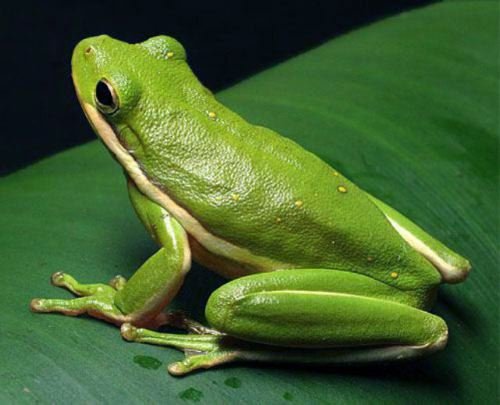
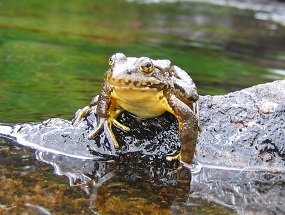
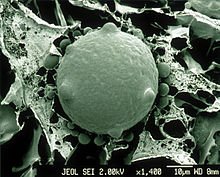
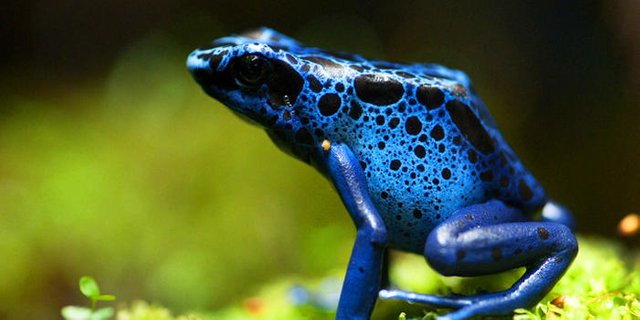
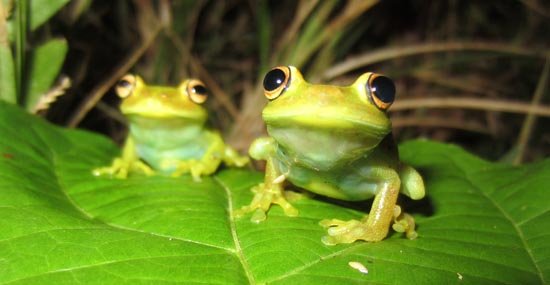
It's nice that amphibians have a pretty high reproductive potential. So if this works, they should be able to spring back pretty quickly - at least compared to polar bears or condors!
This might sound a little crazy - and maybe I am...a little crazy...but I am a firm believer that Mother Nature knows how to clean her own house. Like the scary bee die-off, I (kind of) know the importance of frogs and their role in the ecosystem - here's the crazy part - what exactly are we preventing? By interfering, perhaps we are actually preventing a natural evolution process, or birth of a new species.
The problems like these are usually caused by humans in the first place, so stuff like this would not really be needed if we had not already polluted areas, and fragmented and destroyed their habitats. So I think it's more that we are trying to fix our mistakes rater than to conserve the part of nature that would eventually be part of the natural evolution process.
Okay, that's not a bad point. You are right, the disease is natural in origin and there are frog species that do have a resistance to it. But here is the problem: we have already interfered. Humans have facilitated the spread of Bd through accidental and purposeful transportation of amphibians carrying the fungus. It is now present on every continent amphibians live on, THANKS TO US. So This is less about fixing a natural problem and more about addressing our own mistakes. Bd is infecting new species that have no means of coping with it and the fungus is spreading quickly.
The other problem is the sheer quantity of animals being lost. To lose an entire species sucks, but guess what? It happens, and it is natural; species have been arising and going extinct for millions of years. But this single fungus affects a third of all amphibian life on Earth (never mind all the other threats amphibians face). If you lose 1/3 of an entire group of animals, you are looking at a far more serious loss that could easily result in an environmental collapse (predator/prey relationships, keystone species, etc).
There are many diseases out there among animals, and we don't do anything to combat the vast majority of them. But we turned the fungus into the far-reaching pandemic it has become, so I believe we have an obligation to undo the damage WE inflicted.
I do agree with you but I can't help but think about the Butterfly Affect. And then my mind turns to the Bubonic Plague and the 25-50% loss in human population. And while we may have lost hereditary lines, the species still survived. Maybe that's apples and oranges, but I never claimed to have a normal brain. LOL Nature is a fantastical thing, isn't it?
It definitely is! And I think you're making some good points here: As much as I (and I'm sure most people) don't enjoy seeing animals suffer, we have to realize that disease is a natural and NECESSARY part of life to control populations. I think under many circumstances, it would be unwise to eradicate diseases as that would ultimately have a negative effect on the population.
The problem with chytrid is it symbolizes a new and growing problem: diseases are being spread far faster, and over a greater range than they would naturally occur. Nature is all about balance, and of course diseases are part of that balance. It's certainly not uncommon for that balance to shift and nature is capable of correcting for this over time. The big problem is that today, people are putting an unspeakably large amount of pressure on the ecosystem, and we have tipped that balance in unfavorable directions. With time, I'm sure nature COULD overcome these as well, but the rate at which we damage the ecosystem and put pressure on it, I don't think it's going to recover on its own (my personal opinion).
The butterfly effect is already in motion; we are the cause of the incredible spread of chytrid. And you're right, no matter what we do, it's going to have consequences. The hope here is to at least minimize the consequences of the actions we have already taken (yes, I'm aware that will only continue the effect, but it may also be a step forward in helping nature re-achieve its balance).
The Bubonic Plague argument is tricky. Remember, only humans were affected by this; had we been lost, the ecosystem would more than likely have barely been affected. But here we are talking about a huge percentage of ALL amphibian species (imagine if the plague had afflicted all the world's mammals). It's also difficult to compare human diseases to amphibians based on our own response. Even with our limited knowledge of diseases, we implemented quarantine procedures that likely had some effect on the spread of the plague. Amphibians do not have this same experience, and are, in general, completely ill prepared to deal with the mess we unleashed on them.
This post has been ranked within the top 50 most undervalued posts in the second half of Nov 24. We estimate that this post is undervalued by $7.05 as compared to a scenario in which every voter had an equal say.
See the full rankings and details in The Daily Tribune: Nov 24 - Part II. You can also read about some of our methodology, data analysis and technical details in our initial post.
If you are the author and would prefer not to receive these comments, simply reply "Stop" to this comment.